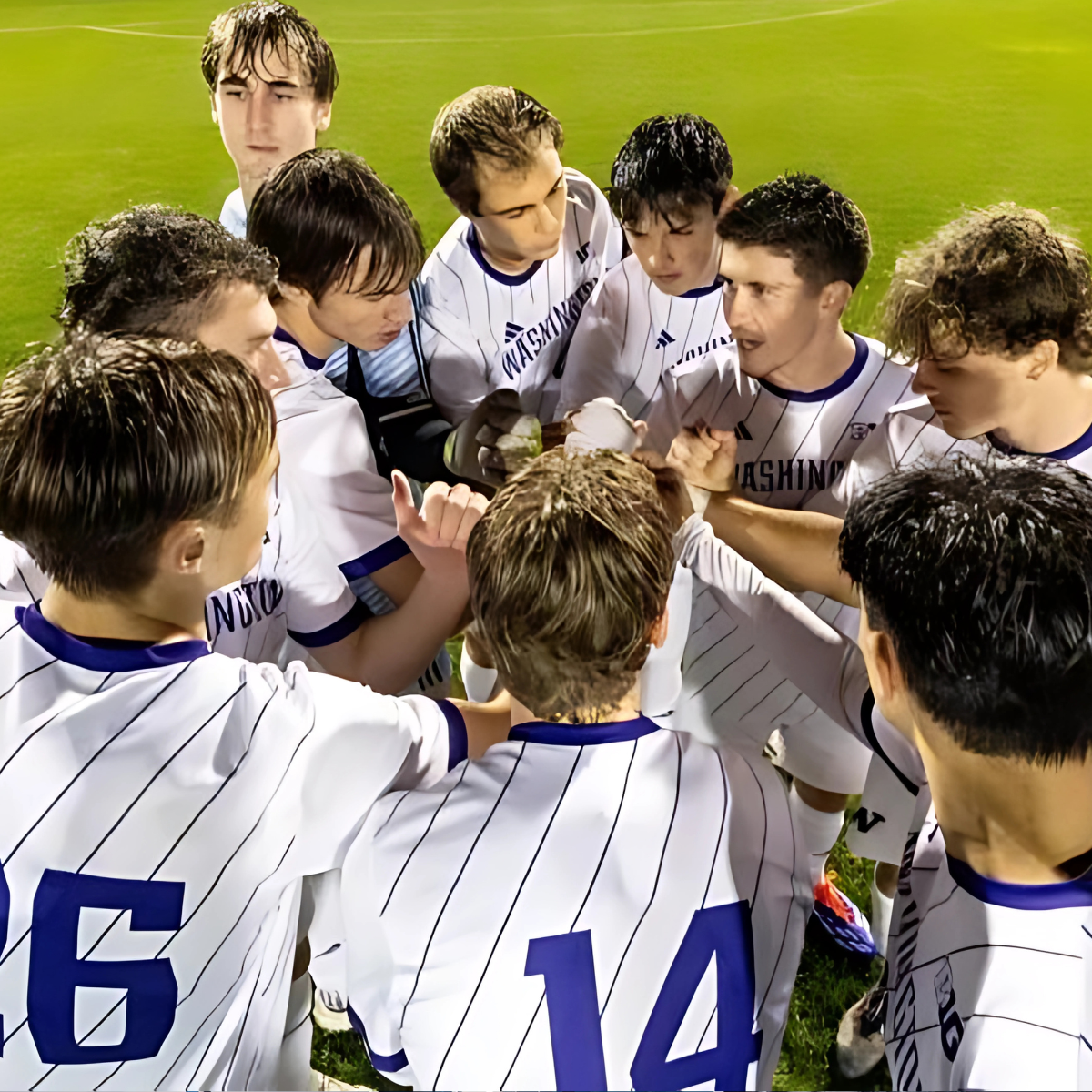The world of sports is highly competitive, and each year, teams spend countless hours evaluating and scouting athletes in preparation for draft day. However, in some cases, hype can play a significant role in where athletes are drafted, leading to bad picks and overlooked flaws in their skillset.
When a player generates significant hype, it can be easy for scouts and teams to overlook critical flaws in their game. For example, Michael Kidd-Gilchrist was a highly touted prospect in the NBA draft, but he struggled with his shooting mechanics throughout his career, a flaw that ultimately limited his effectiveness as a player. Similarly, Zion Williamson, the first overall pick in the 2019 NBA Draft, had conditioning issues that were overlooked by some teams due to the hype surrounding his potential as a generational talent. These examples demonstrate how hype can lead to critical flaws being overlooked in a player's skillset, potentially leading to negative impacts on their performance.
Hype refers to the buzz and excitement generated around a player, often fueled by media coverage and public opinion. In some cases, hype can be positive and may reflect a player's exceptional talent and potential. However, in other cases, hype can create unrealistic expectations and lead to an athlete being overvalued despite critical flaws in their skillset.
One example of this is the case of Johnny Manziel, a highly touted quarterback prospect in the NFL Draft. Manziel had gained significant media attention and hype leading up to the draft, but his skillset was also highly scrutinized. Despite concerns about his size, arm strength, and off-field behavior, Manziel was selected in the first round of the draft. His career ultimately floundered due to these concerns, demonstrating how hype can overshadow critical flaws in a player's skillset.
Hype can also have a negative impact on scouting and analysis. In some cases, scouts may be influenced by public opinion rather than their own evaluation of the player's skillset. This can lead to bad picks and missed opportunities to select more talented and well-rounded players.
Furthermore, hype can also be fueled by the media and the public, who may have preconceived notions about certain athletes. For example, tall and athletic basketball players are often viewed as having great potential, leading to a bias towards selecting these players even if their skillset does not match their physical attributes.
It is essential for teams to conduct thorough evaluations of prospects, including analyzing game tape and interviewing coaches and teammates, to ensure they are selecting well-rounded players who can contribute to the team's success. While hype can generate excitement and enthusiasm around a player, it should not be the sole factor in drafting decisions. Teams should focus on selecting players who have the skills and work ethic necessary to succeed at the professional level.
In conclusion, hype can contribute to where athletes are drafted and may lead to bad picks and overlooked flaws in their skillset. It is important for teams to have a rigorous and independent scouting process that evaluates players based on their actual skillset rather than media hype and public opinion. Teams should also be willing to look beyond preconceived notions and biases to ensure they are selecting the most talented and well-rounded athletes.







%20(1200%20%C3%97%20232%20px)%20(9).png)








.png)

